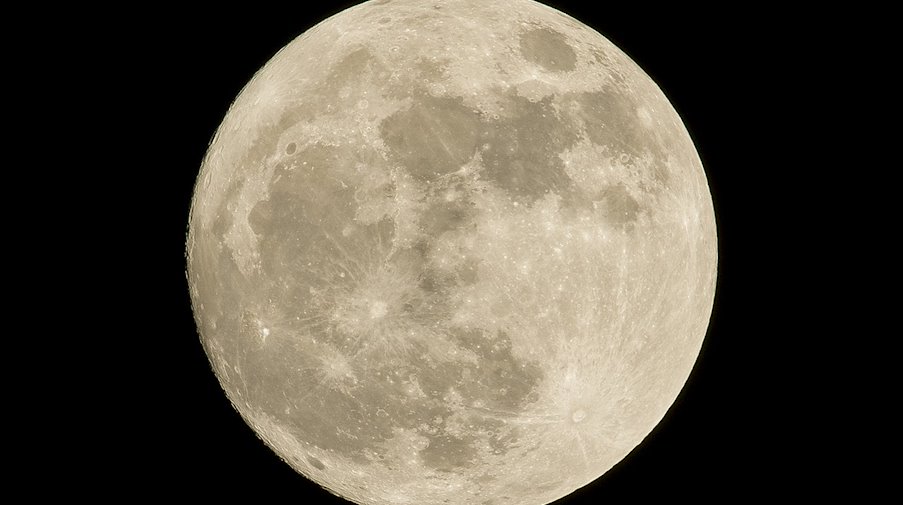The blue supermoon is an astronomical event that not only fascinates scientists and sky watchers, but also appeals to romantics and mystics alike. What exactly is this rare moon that is neither blue nor actually "super" in the sense of supernatural? Let's delve into the mystery of this breathtaking natural phenomenon.
What is a supermoon?
A "supermoon" occurs when the full moon coincides with the point in its orbit around the Earth where it is closest to us, called perigee. This constellation makes the moon appear about 14% larger and up to 30% brighter than an average full moon.
And why "blue"?
Now you're probably asking, "So why do we call it a blue supermoon if it's neither blue nor supernatural?" The term "blue" in this context is actually misleading. A blue moon is actually the name for the second full moon in a calendar month. It has nothing to do with the actual color of the moon. However, the phenomenon of a blue moon being a supermoon at the same time is rare and therefore particularly noteworthy.
Scientific Significance
For astronomers, the blue supermoon provides an opportunity to study the moon's behavior in more detail. Because the moon is closer to Earth, stronger gravitational forces may be at work, which can have minor effects on tides, seismic activity, and other natural phenomena.
Mythology and Folklore
In many cultures, the moon is considered a symbol of femininity, transformation, and renewal. The blue supermoon has fascinated people for centuries and has found its place in myths and legends. In some lore, it is seen as an omen of great change or a sign of rarity and specialness.
A feast for photographers and romantics
The blue supermoon offers an unforgettable experience even for non-professionals. Photographers capture unique shots that night, showing the moon in its full glory. For romantics and dreamers, it's a night when anything seems possible, where declarations of love seem more intense and wishes more tangible 😏
When is the blue supermoon?
The "blue supermoon" is a relatively rare event that occurs only when two rare conditions are met simultaneously:
- The moon must be in the phase of the full moon and simultaneously reach its perigee, the closest point to Earth in its elliptical orbit. This is the so-called "supermoon."
- It must be the second full moon of a calendar month, commonly referred to as the "blue moon."
The combination of these two events is even rarer. Moon phases and the closest point of the Moon's orbit to the Earth can be calculated in advance, however, one must closely match both calendars to determine when a blue supermoon will appear.
A "blue moon" occurs about every 2.5 to 3 years, while a "supermoon" can occur several times a year. However, the simultaneous occurrence of both phenomena is rarer and can happen only a few times in a century. On the night of Thursday, August 31, 2023, it will happen again.
Whether you are an avid sky watcher, a seeker of science, or simply a dreamer, the blue supermoon is a phenomenon that captivates us all. It teaches us humility before the wonders of the universe and reminds us how small we are in this immeasurable cosmos, all the while marveling at the beauty nature has to offer.
So, keep your eyes open and your cameras ready for this rare celestial event. Who knows, it may bring you good luck or a special insight that only such a rare night can provide.









